












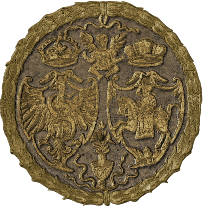
“The Golden Age of the Jagiellonian Dynasty” is a virtual exhibition prepared on the occasion of the 500-year anniversary of the birth of King Sigismund II Augustus. Referring directly to the popular term “Golden Age of Polish culture”, the exhibition focuses on the period of the reign of the last two Jagiellonians, using mainly the collections of the National Ossoliński Institute (the Ossolineum). It also presents relics from the times of the emergence of this dynasty’s power, artefacts key to the description of the 200 years of the Jagiellonian rule until the declining period, which ends with the death of Sigismund Augustus.
On behalf of the National Ossoliński Institute we invite you to the exhibition!

The relics gathered at the exhibition “The Golden Age of the Jagiellonians” allow us to reflect on what the Poland of the Jagiellonians was like. They encourage to look through their prism at the myth of the Golden Age, which is deeply rooted in Polish tradition and culture. How was it born? Documents and artefacts, which are a tangible testimony of those times, prove that it was built on a strong foundation created by the Jagiellonians.
One of the decorative elements appearing on the bindings of the volumes belonging to the last Jagiellon was used as the leitmotif of the exhibition. This item is a gold-embossed supralibros of the king as ruler of the Crown and Lithuania. The sign consciously uses the rich symbolism hidden in the coats of arms of the Eagle and Pahonia placed next to each other, intended to evoke all nations living in the Polish-Lithuanian Commonwealth and the Grand Duchy of Lithuania under the rule of the Jagiellonians.
The high, humanistic culture of a multinational, multicultural and multireligious state that avoided religious fights, but took up religious polemics and disputes, could arise within the limits set by the relevant laws. The authors of the exhibition do not refute this myth. They show materials on the basis of which the tradition of the “Golden Age of Polish culture” was developed and which guaranteed its durability. The organizers of the exhibition encourage to draw from this tradition born in the “Golden Age of the Jagiellonians”. These artefacts allow us to fully understand the hymn to God by Jan Kochanowski: “ What do You want from us, Lord, for Your lavish gifts?”, because only in a happy and peaceful country could this deep praise of God expressing admiration for the beauty of the created world be written.
The Jagiellonian dynasty and state - learn about the most important phenomena and people through the prism of historical artefacts
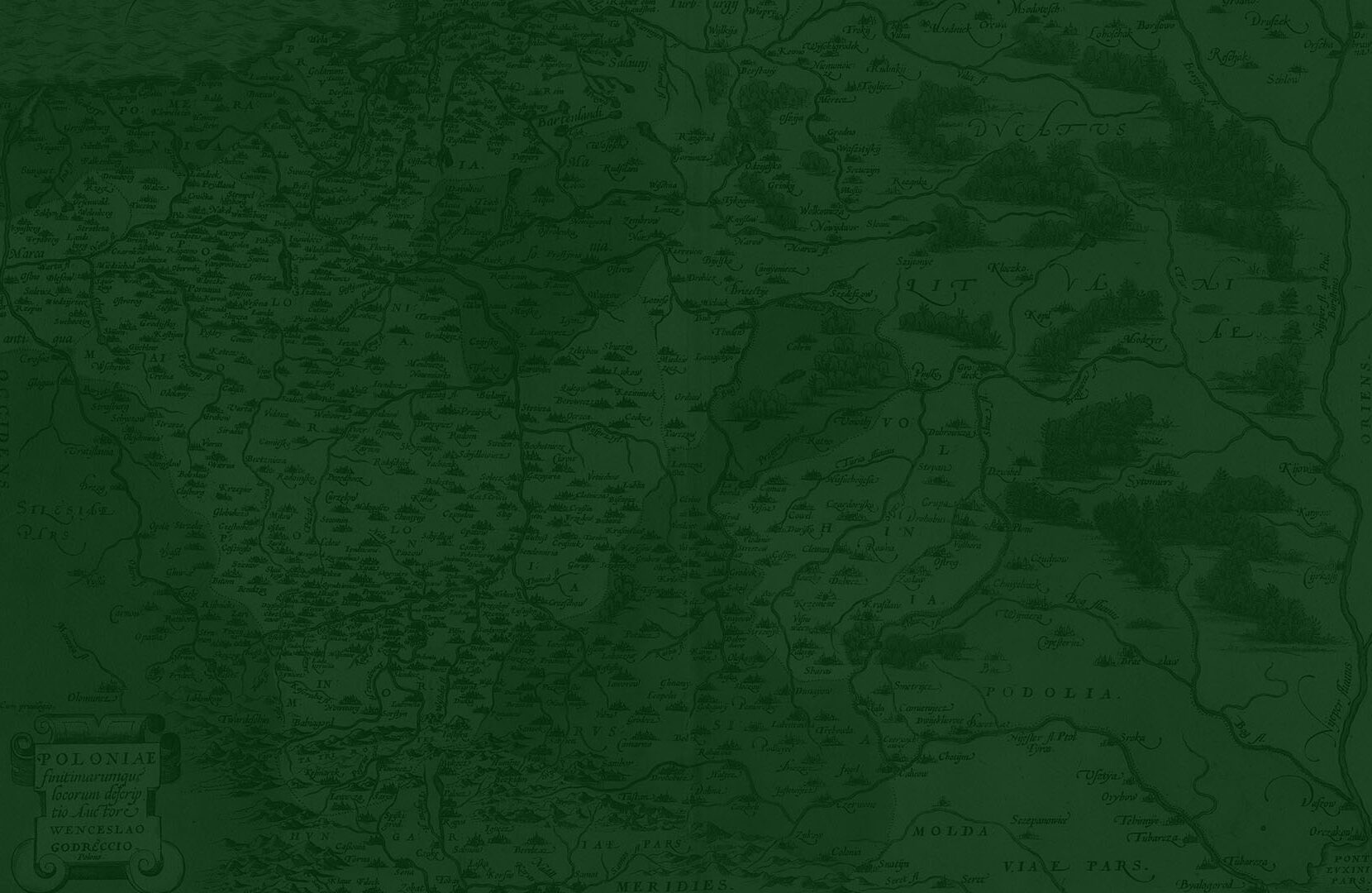
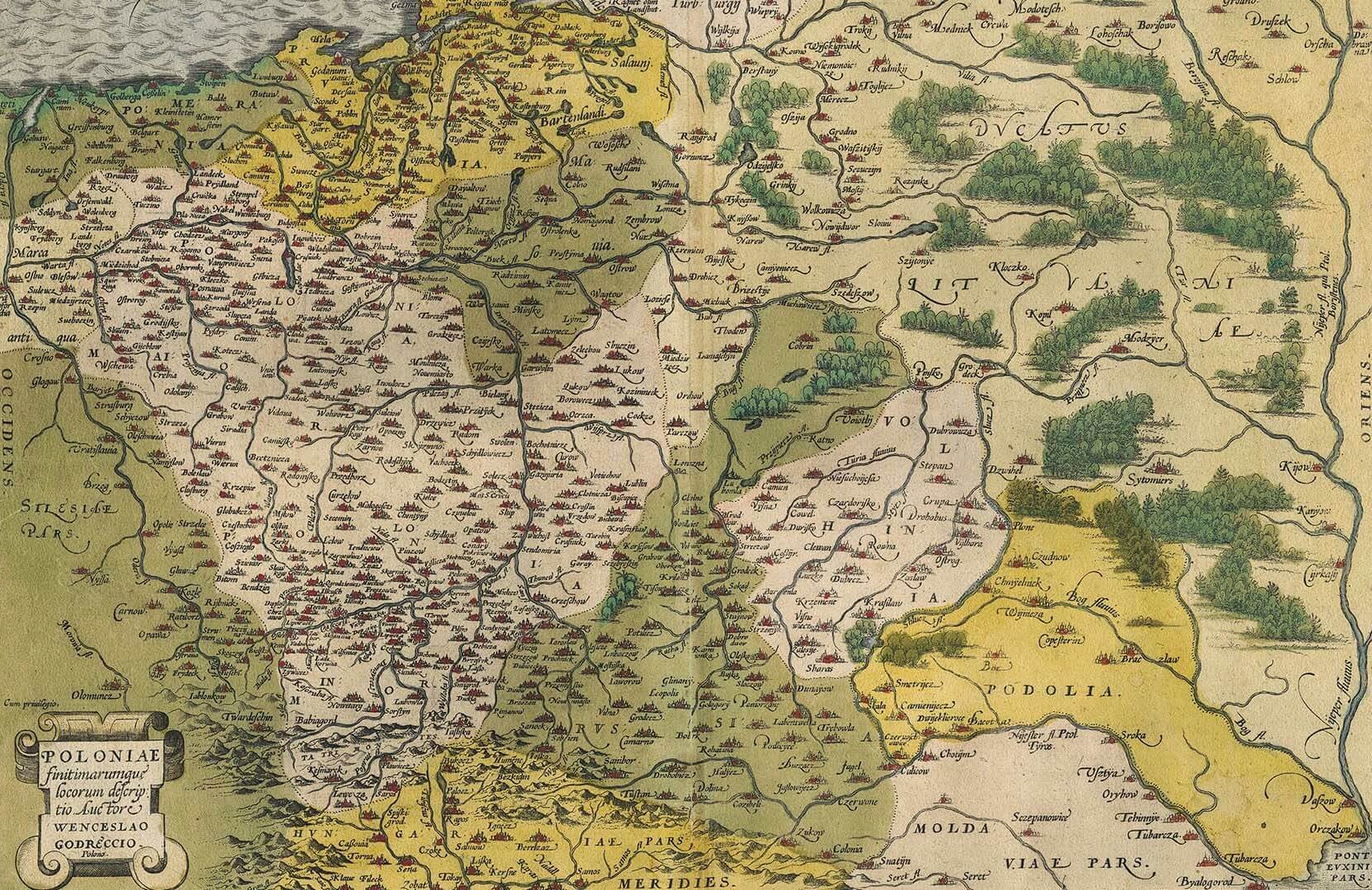
Multireligiousness, multiculturalism, a state without stakes, the existence of social states, farm economy, the trojak koronny, the Lithuanian półkopek... Learn about selected aspects of the society and economy of the Jagiellonian Golden Age through the prism of historic artefact

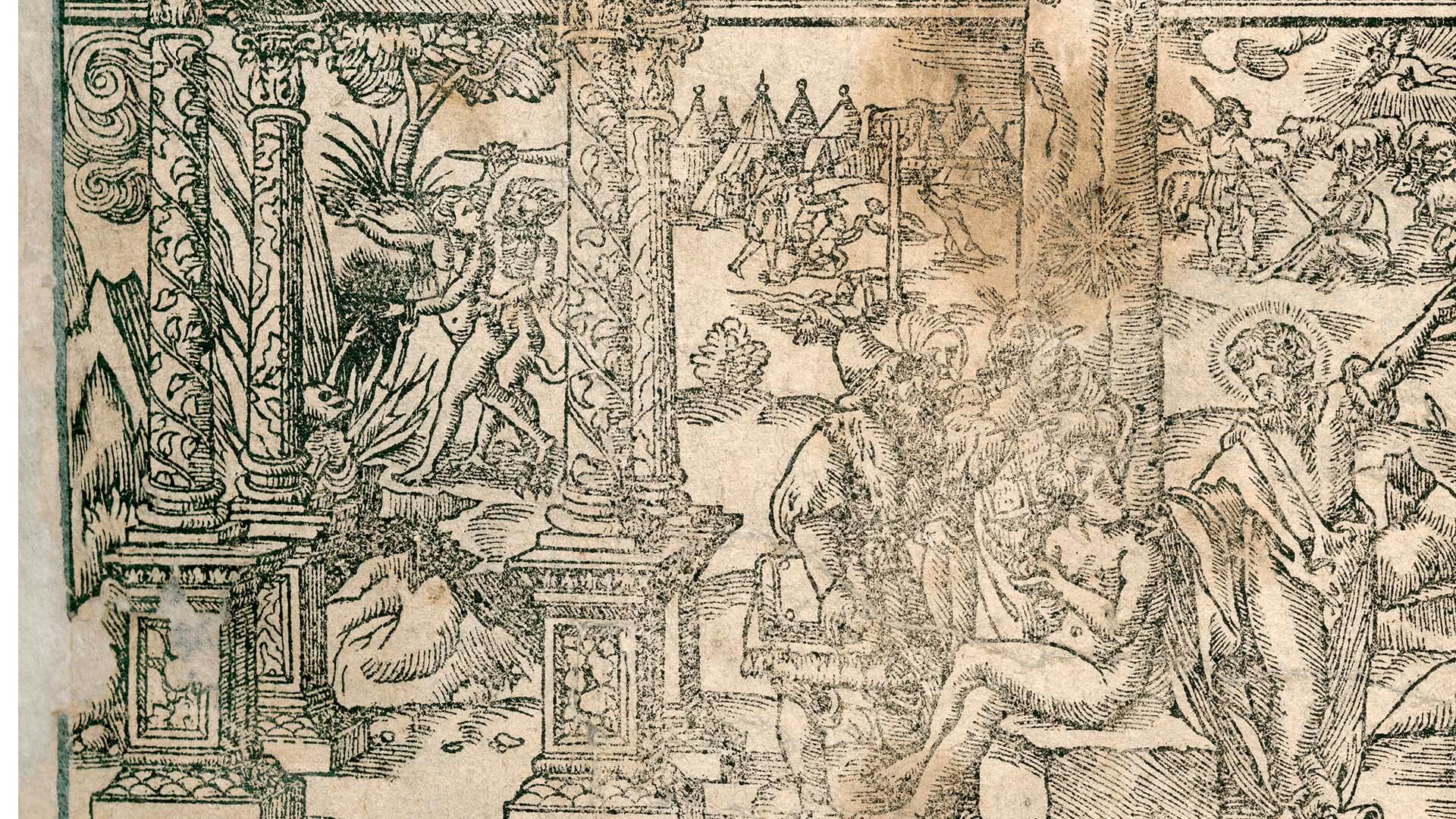
Unique works by Jan Kochanowski, the most famous quotation in Polish literature, the most expensive book in the world - see these and other original artefacts of culture and science of the Jagiellonian Golden Age
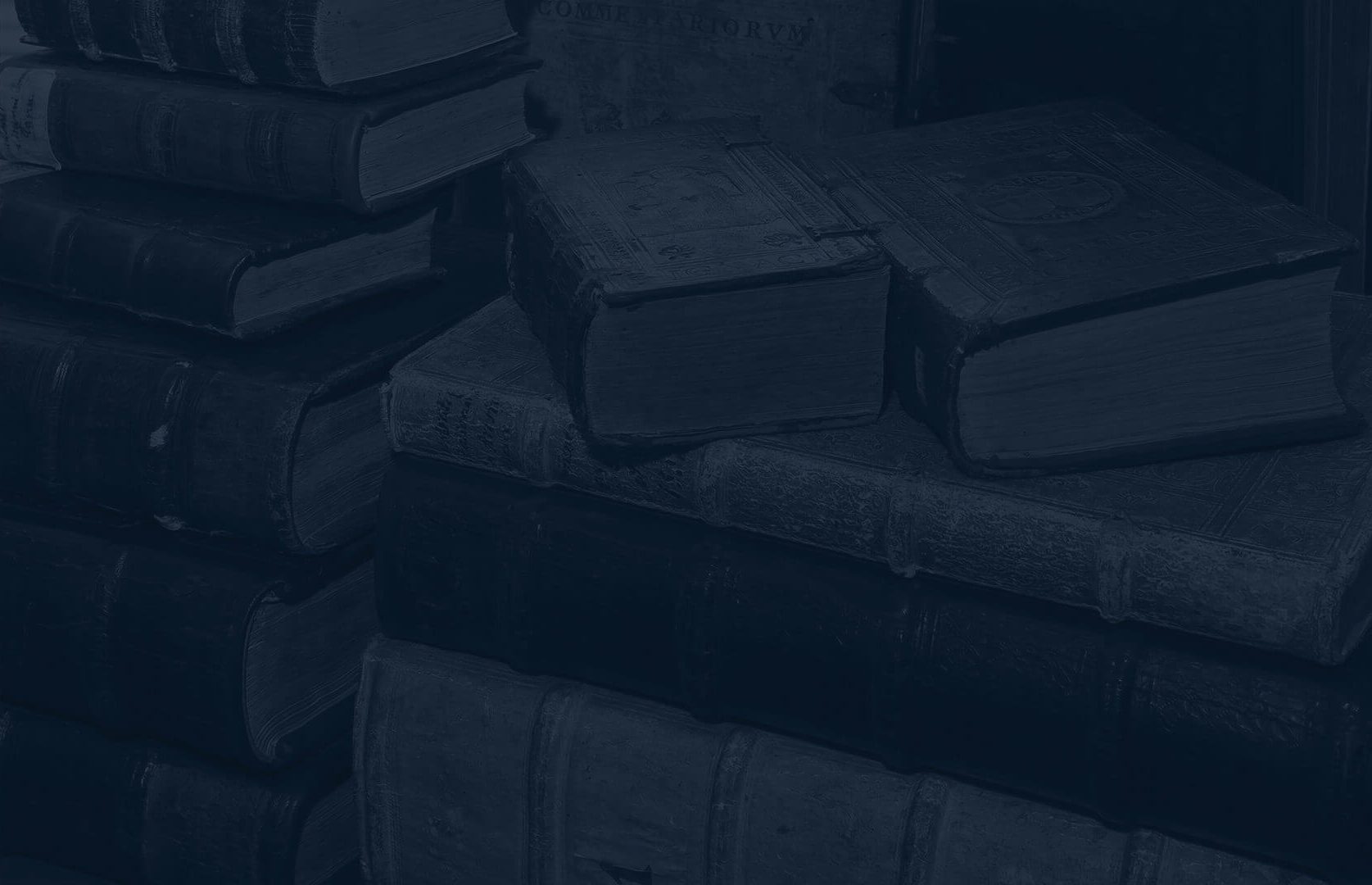
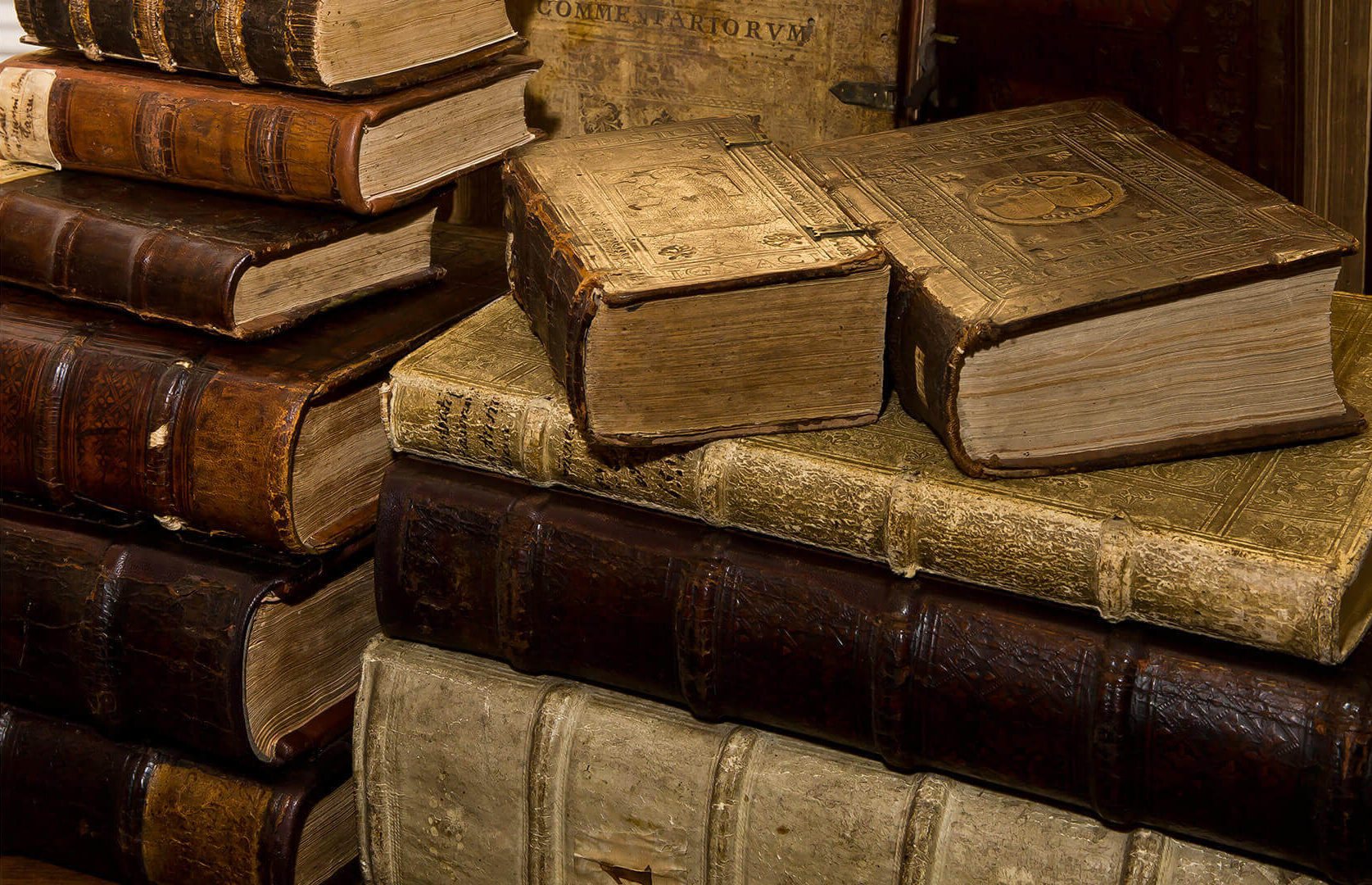

Select the subject you are interested in, then click on the graphic to start playing:

Move to the Jagiellonian era and listen to the music of that period.
Early music concert performed by the Ensemble Fiorini consisting of: Barbara Jastrząb (soprano), Ewelina Wojewoda (alto), Jerzy Butryn (bass), Łukasz Wilda (tenor)
The virtual exhibition “The Golden Age” of the Jagiellonian Dynasty” was organized by the National Ossoliński Institute thanks to the financial support obtained from the Ministry of Culture and National Heritage of the Republic of Poland, under the program “Kultura w Sieci” supervised by the National Centre for Culture.
The Ossolineum, founded in 1817 by Count Joseph Maximilian Ossoliński and expanded in 1823 to include the Museum of Lubomirski Princes, from the very beginning of its activity focused on collecting Polish books, national souvenirs and documents. Thanks to that, the objects presented at the exhibition mainly come from the Ossoliński collection. Some of the items were loaned by the National Museum in Cracow, Stefanyk National Science Library in Lviv, Foundation of Culture and Heritage of Polish Armenians and private owners, for which we would like to express our sincere gratitude to all of them.
Exhibition curator: Dorota Sidorowicz-Mulak
Exhibition scenario: Dorota Sidorowicz-Mulak, Agnieszka Franczyk-Cegła
Arrangement and implementation of the exhibition: PRO DIGITAL
Coordinators of the NCK project and exhibition: Dorota Sidorowicz-Mulak, Agnieszka Franczyk-Cegła, Marta Pękalska
The team implementing the exhibition (in alphabetical order): Joanna Błoch (Ossolineum), Barbara Butent-Stefaniak (Ossolineum), Mariusz Dworsatschek (Ossolineum), Robert Forysiak-Wójcicki (Ossolineum), Agnieszka Franczyk-Cegła (Ossolineum), Łukasz Koniarek (Ossolineum), Joanna Kulwicka-Kamińska (Nicolaus Copernicus University) in Toruń), Czesław Łapicz (Nicolaus Copernicus University in Toruń), Justyna Łuczyńska-Bystrowska (National Museum in Krakow), Natalia Nowakowska (Oxford University), Konrad Rzemieniecki (Ossolineum), Shalom Sabar (Hebrew University of Jerusalem), Dorota Sidorowicz- Mulak (Ossolineum), Konrad Szymański (Ossolineum), Olga Tkachuk (Ossolineum), Andrzej A. Zięba (Jagiellonian University)
Videopodcasts: Małgorzata Kowalczyk (University of Wrocław), Aleksandra Oszczęda (University of Wrocław), Arkadiusz Wagner (Nicolaus Copernicus University in Toruń), Marek Walczak (Jagiellonian University), Marcin Wodziński (University of Wrocław)
Poetry reading: Anna Błaut, Tadeusz Ratuszniak
Early music group Ensemble Fiorini, Barbara Jastrząb (soprano), Ewelina Wojewoda (alto), Jerzy Butryn (bass), Łukasz Wilda (tenor)
Photos / scans: Aleksandra Mądrzyk-Wiśniewska, Andrzej Niedźwiedzki, Andrzej Solnica, Roland Okoń
The objects presented at the exhibition come from the following institutions: The Ossolineum, National Museum in Krakow, Stefanyk National Scientific Library of Ukraine in Lviv, Foundation for Culture and Heritage of Polish Armenians, private collections
Exhibiton logo: Maja Niedbał
Design of posters and advertisements: Jacek Dziubiński